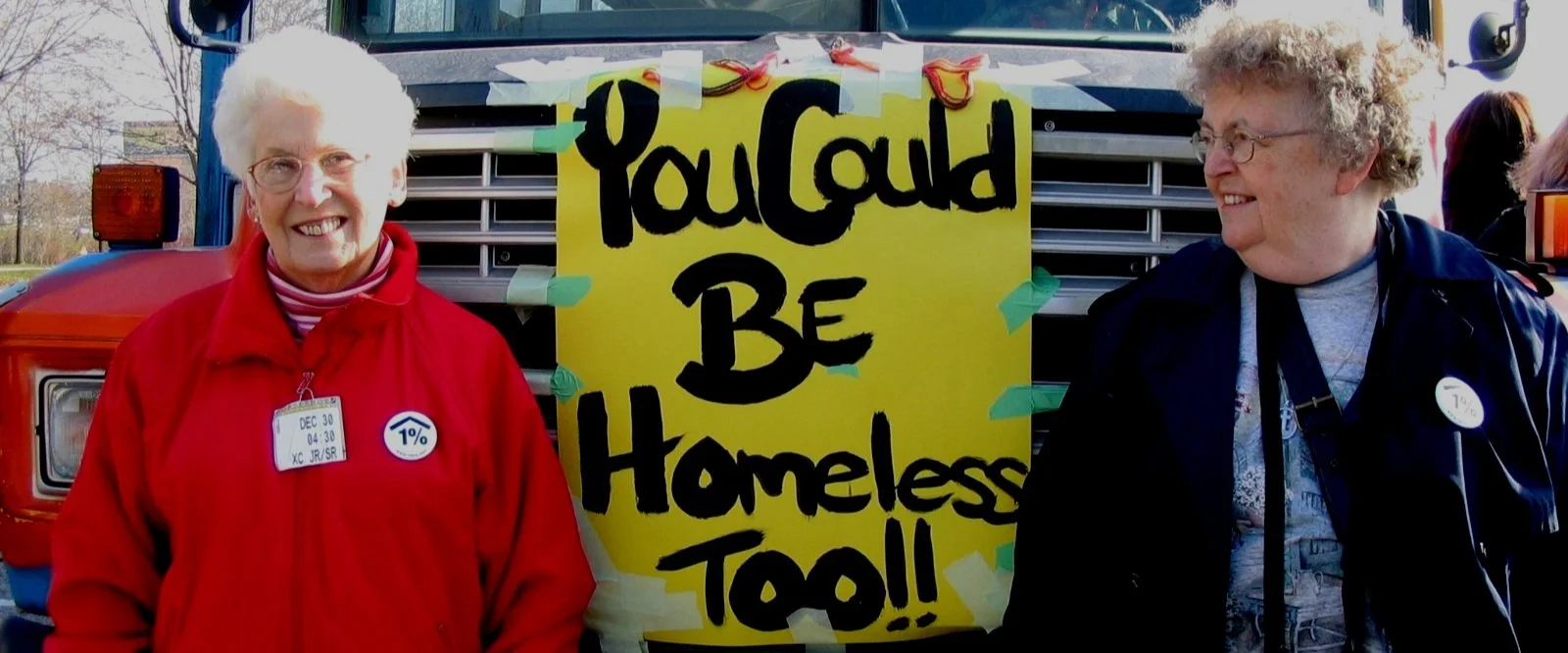Statement from Federation Office for Systemic Justice
Public Statement re: Vaccines for COVID-vulnerable people in prisons
The Federation of Sisters of St. Joseph of Canada commends the federal government’s decision to offer vaccines to 600 elderly prisoners and those with pre-existing conditions. This decision is an affirmation of the dignity of each person, a foundation of morality
The first wave of the pandemic showed that prisoners are much more likely to get COVID-19. According to Correctional Services Canada, as of January 6th, there have been 1,196 total positive cases with 167 active and 3 deaths. Furthermore, a CBC analysis indicates that infection rates are five times higher in provincial jails and up to nine times higher in federal facilities than in the general population. As this data shows, the prison context itself creates significant vulnerabilities to COVID-19 infection.
The guiding principle for decision-making for vaccine distribution should be the equal human dignity and worth of every person. Human dignity is not something that is earned. It belongs to each person and is not forfeited or forgotten due to specific circumstances or behaviours. It is the task of governments and institutions to protect the human dignity of each person, without exception. With regard to vaccines, respect for human dignity means the same two criteria, risk and vulnerability, should be used for the prison population as for the general population.
By design, prisons marginalize people from full participation in the community for a period of time. But this must never leave people marginalized from what is theirs on the basis of their basic human dignity.
Early access to a COVID-19 vaccine for at-risk persons in prison and other detention facilities is a simple question of human dignity and fairness. We diminish ourselves as a society if we do not honour these values in our collective decision-making.
Looking for Signs of Hope?
Our Toronto Sisters have served in many and various ways throughout their history since 1851. This year we join with them in celebrating their 170th anniversary. One of the ways in which the charism lives on is through their organization called Fontbonne Ministries.
Read about the good work still being done through collaboration and partnering.
Newsletter SPRINGS OF HOPE
IN THE DARKNESS BE THE LIGHT
Together with all creation in our Northern Hemisphere, we remember that the longest night of the year is a sign and a promise that the sun will lengthen our days once more. In this Advent season, we anticipate the celebration of the birth of Christ who is “the true Light, the Light of the World.”
READ MORE AT: Winter Solstice 2020 — Congregation of Sisters of St Joseph in Canada (csjcanada.org)
From the Archives
SHARING OUR HISTORY
November 6, 1936 marks the Foundation of the Sault Ste. Marie Congregation. Carrying on the tradition of all Sisters of St. Joseph, this youngest group, with its Motherhouse in North Bay, began to reach out to the small communities around Lake Superior and on Manitoulin Island.
From the very conceptualization of Jean-Pierre Medaille’s dream for active women religious his Sisters had been ready and willing to leave the comfort of familiar surroundings to follow Christ whatever that might mean … hence they came to North America in 1836 and to Canada in 1851.
The mid-thirties were phoenix years in Northern Ontario. The Great Depression had finally ended and new employment was giving rise to swells of industry and population everywhere. The vast diocese of Sault Ste. Marie had a zealous young bishop at its helm. Bishop Ralph Hubert Dignan was determined to have a group of diocesan Sisters who would be at the ready for response to diocesan needs. In late 1935 and early 1936, Bishop Dignan met personally with every Sister serving in the Sault diocese. They were invited and challenged to become the nucleus of a new community. Ties and allegiance to the Peterborough community would be severed. The Sisters were cautioned to proceed with personal prayer and not to be influenced in any way by discussion with each other. The Bishop himself would attend to necessary protocol with Rome.
November 5, 1936 was the day official notice was received that the new Congregation had come into being. One hundred and twenty one (121) courageous souls had stepped forward to be the nucleus of the Sisters of St. Joseph of Sault Ste. Marie.
Information taken from www.csjssm.ca















